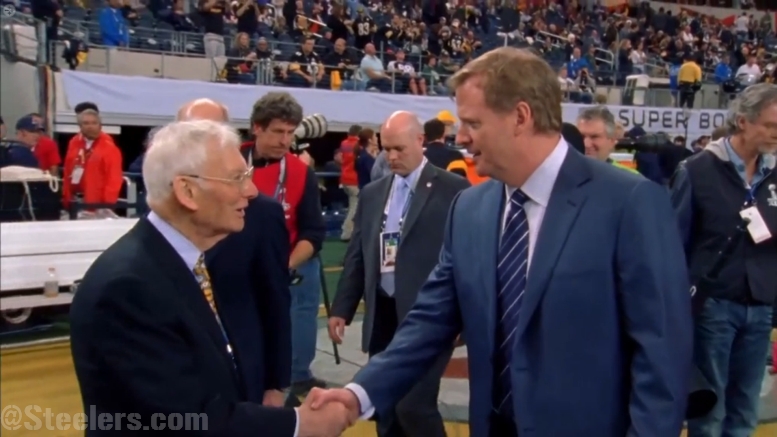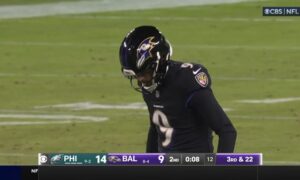The NFL may have dodged a major bullet—or at least most of one—when recently it was revealed that the judge presiding over a case brought against the league’s 32 teams by a slew of former players elected to dismiss the vast majority of the legal claims raised by the plaintiffs.
As I wrote about back in March, no fewer than four instances that were brought up by former members of the Pittsburgh Steelers—against both current and former members of their training and medical staff—were cited as evidence by the plaintiffs, though it is not clear to me if any of those instances were allowed to stand.
The judge reported allowed only nine specific players to seek damages from their respect teams relative to the charges alleged, referring specifically to the manner in which the team irresponsibly dispensed things such as painkillers to its players.
As Mike Florio writes in an article on the subject, “it’s one thing for the NFL and its team to have engaged in improper behavior, and it’s another for those things to give rise to a violation of the law for which the plaintiffs have a right to compensation”.
You might interpret that as saying that the league may have largely won this lawsuit, but that doesn’t suggest by any means that the teams were not doing—and are not continuing to do—things that are unethical and irresponsible when it comes to medicating their players for the sake of allowing them to continue to do their jobs without effectively communicating to them the potential consequences of what they are being asked to put into their body.
Judge William Alsup wrote in his order that rejected the vast majority of the claims is that the relevant factor is not “whether plaintiffs have drawn attention to widespread misconduct in the NFL but whether each plaintiff has properly pled claims for relief against each individual club”.
This is another setback after an initial lawsuit made in 2016 was rejected on the grounds that the basis for seeking compensation should be made through the league’s Collective Bargaining Agreement, which is what gave birth to this additional lawsuit.
There is, on the flipside, a push among players and their union for the NFL to give greater consideration to alternatives for things such as pain management, which is obviously a critical component of playing in the NFL. Naturally, this has led to a great deal of discussion about the handling of marijuana, which even some owners believe should be revisited.
What comes next remains to be seen, but for the most part the league has seemed to be successful in avoiding direct-contact hits in lawsuits such as these. Perhaps they should get ahead of the curve, however, for the future.








